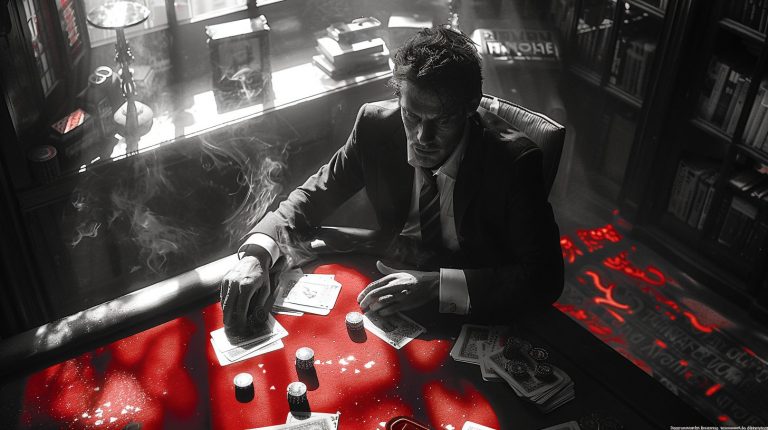Creating a video game design document (GDD) is not a one-size-fits-all process — no two games are exactly alike. Each GDD should be customized to suit the unique requirements of the game it represents, making universal templates impractical. However, most game designers agree on a few essential components that should be included in any GDD. For instance, the tools and software, such as PDF scanner app and other programs, tend to remain consistent. As for the rest, let’s explore the details.
How to write a game design document
A Game Design Document (GDD) should be tailored to your specific project, but there are key elements that nearly every GDD should cover:
- Project goals: Clearly outline your overall objectives.
- Characters: Include detailed descriptions and, ideally, concept art.
- Story and game world: Provide narrative details and concept art to bring the world to life.
- Level designs: Highlight layouts and progression.
- Mechanics and gameplay: Define how your game will function and engage players.
- User interface (UI): Ensure a user-friendly design with mockups or wireframes.
- Music and audio: Outline the sound design and themes for the game.
- Prototypes: Include any working or playable concepts.
- Accessibility information: Detail how the game accommodates all players.
- Marketing and commercialization: Share early ideas for promoting and monetizing the game.
Examples of game design documents
Game Design Documents (GDDs) are usually internal and kept confidential, making them a crucial part of the development process. To ensure secure handling of such documents, using a dependable scanner app for Android is highly recommended.

Interestingly, over the years, some developers have shared GDDs for major titles, providing fascinating insights into their creative processes:
- Deus EX design document: This annotated document from the early stages of Deus Ex reveals the original ambitious scope, including plans for competitive multiplayer and a space station-based third act — features that didn’t make it into production.
- Original GTA design document: Before it became Grand Theft Auto, it was Race ‘n’ Chase. This GDD outlines the top-down gameplay concept, team structure, timelines, and more. A must-read for fans of gaming history.
- Grim Fandango design document: This cult classic’s design doc features handwritten notes, concept art, flowcharts, and witty character descriptions, offering a glimpse into the creative process behind the game.
- The Doom Bible: Dating back to 1992, this document details the original Doom’s characters, weapons, and sound design. Fun fact: it even includes operating hours and phone numbers for local takeout spots used by the team.
- Bioshock pitch document: While technically a pitch rather than a GDD, this document captures the game’s initial concept and artwork, which later evolved into the full GDD.
- Diablo pitch document: Another pitch document worth exploring, showcasing Diablo’s early gameplay ideas, timelines, and marketing strategies for the first installment of this iconic series.
Best practices for creating a GDD
To ensure your GDD is effective and useful, follow these best practices:
- Keep it clear and concise: Avoid lengthy paragraphs when a single sentence can suffice. In game development, time is precious, so balance detail with brevity.
- Make content easy to navigate: Structure your document with clear sections and headings. A search function or AI-powered search can make finding information even easier.
- Collaborate across the team: No one person knows everything about a game. Involve team members from various disciplines to ensure the GDD is comprehensive and useful for everyone.
- Regularly update the document: A GDD evolves alongside your game. Revisit and update it frequently to keep it relevant throughout development.
- Add visuals and resources: A strong GDD includes plenty of reference materials — concept art, pre-visualization videos, prototypes, or links to related content. It should serve as the go-to resource for your game.
By following these guidelines, you’ll create a Game Design Document that not only organizes your vision but also keeps your team aligned and focused throughout the development process.



